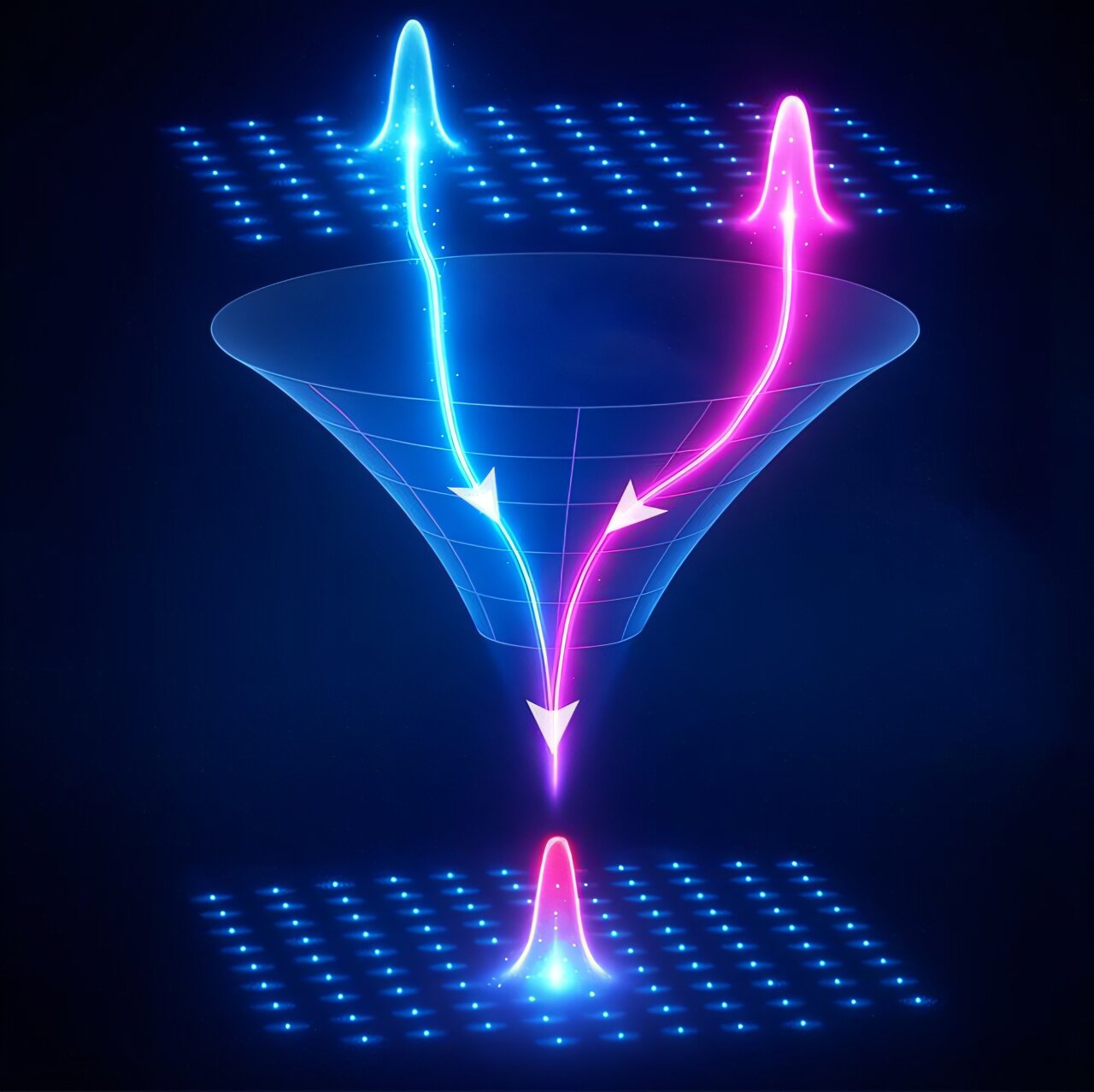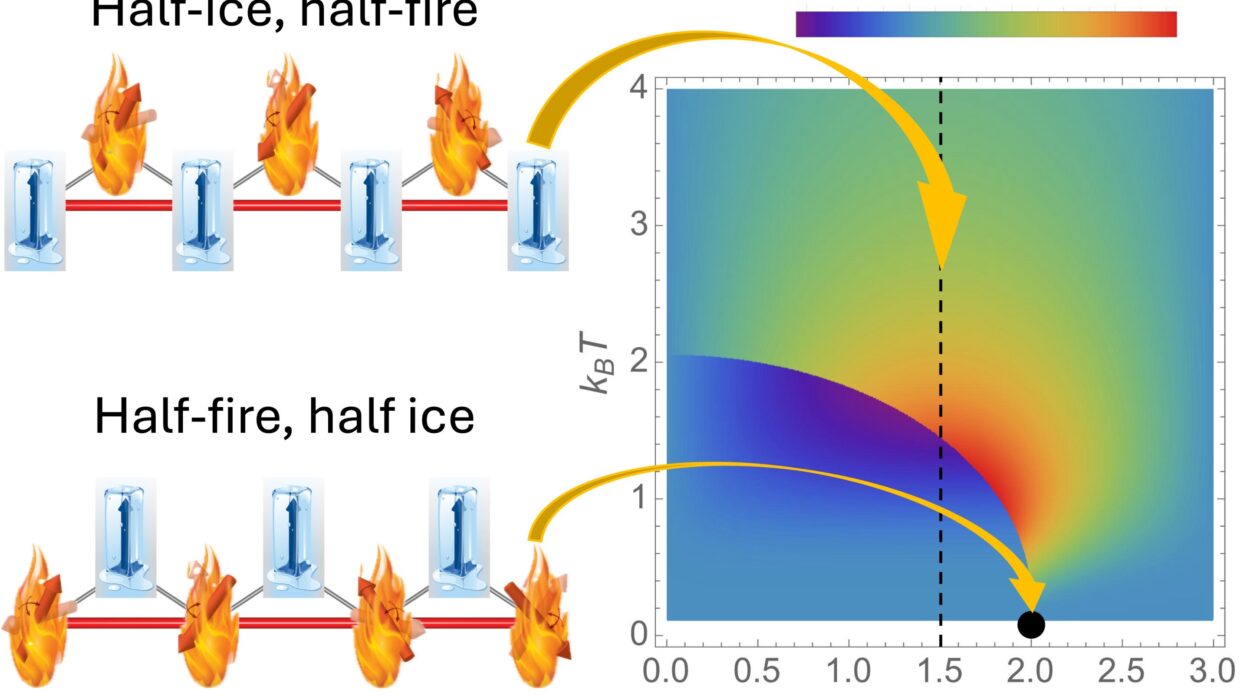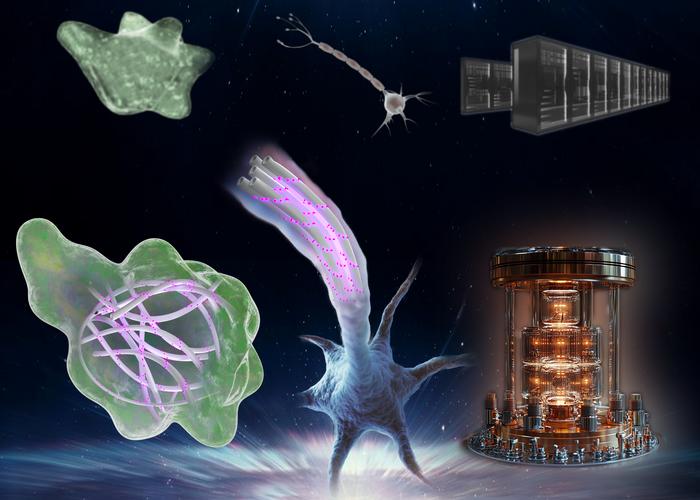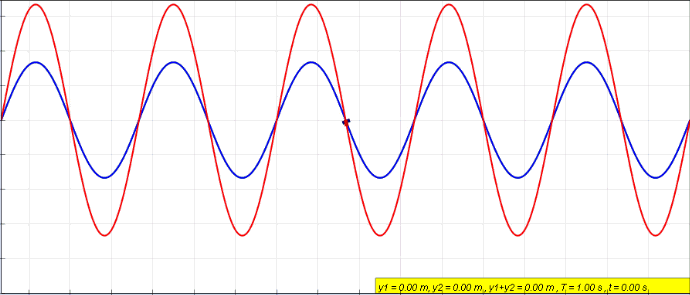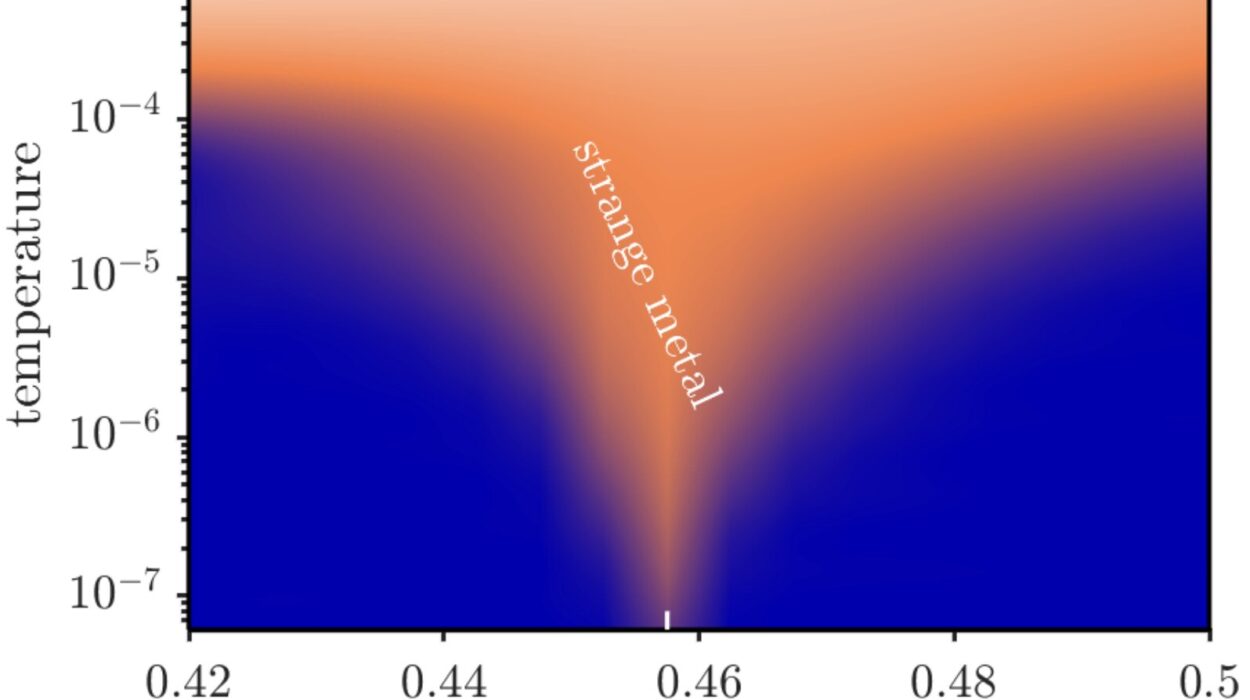At the Ming Hsieh Department of Electrical and Computer Engineering at the University of Southern California (USC), a team of researchers has achieved something remarkable — a discovery that may reshape how the world understands and uses light. Reported in Nature Photonics, their work introduces the first optical device designed within a new and emerging scientific framework known as optical thermodynamics.
This breakthrough represents more than just another advance in photonics. It is a reimagining of how light can move, adapt, and make decisions — all on its own, without the need for switches, controllers, or complex digital systems. For decades, engineers have been trying to guide light the way we guide electricity, through carefully constructed circuits and digital commands. The USC team has shown that light can, quite literally, guide itself.
In their new device, beams of light find their own paths naturally, following the same thermodynamic principles that govern how heat spreads or how gases expand and settle. The result is an optical system that doesn’t need active steering or programming — it self-organizes, flowing intelligently to where it needs to go.
From Valves to Routers to Light
To understand the significance of this, consider the familiar idea of routing — directing something from one place to another. In plumbing, a manifold valve routes water to different outlets. In electronics, a router directs data packets to their correct destinations, making the internet possible.
But when it comes to light, the challenge has always been far greater. Unlike electrons in a wire, light doesn’t like to stay still. It moves at incredible speed, travels through space rather than along simple paths, and responds sensitively to even the smallest disturbances. Traditional optical routers, which rely on switches and electronics, have struggled to match light’s natural elegance. They introduce delays, consume power, and require intricate designs that slow down the very signals they seek to control.
The USC team’s approach changes this paradigm completely. Imagine a marble maze — one that rearranges itself so that, no matter where you drop the marble, it always finds its way to the correct hole. Normally, you’d have to lift barriers and guide it carefully by hand. But what if the maze itself knew how to direct the marble?
That’s what happens in this new photonic device. The pathways inside it are designed so that light, instead of being commanded, naturally “chooses” the correct route. It does this not through artificial intelligence or computation, but through the same principles that drive the universe’s most fundamental processes: thermodynamics.
The Power of Optical Thermodynamics
The phrase optical thermodynamics may sound abstract, but its meaning is both elegant and profound. In traditional thermodynamics, we study how energy moves — how heat flows, how gases expand, how systems seek equilibrium. The USC researchers realized that light, in certain nonlinear systems, behaves in a surprisingly similar way.
In these systems, the paths that light takes are not fixed or linear. They can bend, merge, or scatter in complex ways, creating patterns that look chaotic — like turbulent water or swirling smoke. For decades, such nonlinear optical systems were considered too unpredictable to control. But the USC team saw opportunity in that chaos.
They recognized that, just as molecules in a gas collide and eventually settle into balance, the modes of light in a nonlinear lattice can also find equilibrium. By applying thermodynamic principles, they discovered that it’s possible to predict — and even design — how light distributes itself naturally in such a system.
This insight led to the creation of the first device that doesn’t just contain light, but allows light to self-organize. No switches. No controllers. No digital interference. Just physics, flowing freely.
Chaos Tamed by Thermodynamics
At the heart of this discovery lies one of science’s most beautiful paradoxes: out of chaos can emerge order. Nonlinear optical systems — where the intensity of light affects how it propagates — are notoriously difficult to model. Their behavior can shift dramatically based on subtle changes in conditions, making them seem unpredictable.
Yet, the USC researchers found that these systems can follow simple, universal rules if viewed through the lens of thermodynamics. In their theoretical framework, light behaves like a gas undergoing expansion and compression, redistributing its “pressure” and “temperature” — though here, those quantities refer to optical energy and intensity rather than physical heat.
Their device mimics what in thermodynamics is known as a Joule-Thomson expansion: a process where a gas expands, cools, and reaches equilibrium. In the optical analog, light first spreads out within the device (the expansion phase) and then reorganizes itself into a stable state (the equilibrium). When this happens, photons — the fundamental particles of light — naturally route themselves into the correct output channel.
It’s as if light has learned how to find its own destination, guided not by commands, but by the universe’s own physical laws.
Why This Matters for the Future
At first glance, the idea of light “routing itself” might sound like a small technical improvement — a new kind of optical gadget for engineers. But in reality, this discovery could have sweeping implications for the future of computing, communications, and technology as a whole.
As digital devices continue to evolve, the demand for speed and efficiency grows exponentially. Electronic chips, limited by the resistance and heat of moving electrons, are reaching their physical limits. Companies like NVIDIA and others have already begun exploring optical interconnects — systems that use light instead of electricity to transfer information between chips.
Optical thermodynamics could take this vision much further. By providing a natural, energy-efficient way to direct light without active control, it could make optical computing not only faster but simpler and more reliable. The principles demonstrated in this single device might one day underpin the next generation of photonic processors, communication systems, and data centers.
Beyond information technology, the framework could inspire entirely new tools for secure communication, sensing, and even fundamental physics research. Devices that once required complicated tuning and calibration might, in the future, be self-regulating — powered by light’s own tendency toward balance.
A Device That Routes Light by Itself
In their demonstration, the USC researchers didn’t just prove a theory — they built it. Their device is the first tangible structure engineered using the principles of optical thermodynamics. Instead of forcing light along predefined channels, the device’s internal architecture allows light to decide where to go, guided by the inherent physics of its environment.
This concept is revolutionary because it inverts the usual relationship between humans and technology. Traditionally, engineers design systems to control nature. Here, the system is designed to let nature control itself. The result is both elegant and efficient — a machine that operates not against the laws of physics, but in perfect harmony with them.
Demetrios Christodoulides, Professor of Electrical and Computer Engineering at USC and the Steven and Kathryn Sample Chair in Engineering, described it best: “What was once viewed as an intractable challenge in optics has been reframed as a natural physical process—one that may redefine how engineers approach the control of light and other electromagnetic signals.”
Beyond the Laboratory: Toward a New Age of Light
The potential of optical thermodynamics extends far beyond the laboratory where it was born. By revealing that light can be guided by the same principles that govern heat and energy, the USC team has opened a new frontier in how we think about technology itself.
Future optical devices could become far more adaptive and efficient, capable of self-organizing responses to changing conditions — much like ecosystems balance themselves or galaxies evolve under gravity. Such systems could form the foundation for new generations of computing architectures, communications networks, and even artificial intelligence built not on electronics, but on the physics of light.
For Hediyeh M. Dinani, the Ph.D. student and lead author of the study, this breakthrough represents more than a technical milestone. It’s a glimpse into a future where engineering and nature converge — where we stop fighting the complexity of the universe and start learning from it. “Beyond routing,” Dinani notes, “this framework could also enable entirely new approaches to light management, with implications for information processing, communications, and the exploration of fundamental physics.”
The Poetry of Light and the Promise of Discovery
At its heart, this story is about light — the same light that warms the Earth, illuminates art, carries our voices across oceans, and allows life itself to exist. For centuries, humans have tried to bend and harness it, building lenses, lasers, and fiber optics to make it obey. Yet here, in a quiet lab at USC, researchers have discovered a way to let light do what it does best — find its own path.
In that discovery lies a deep truth about science and the human spirit. Progress often begins not by imposing control, but by listening — by understanding the natural order and working with it rather than against it.
Optical thermodynamics is still in its infancy, but it represents a turning point in how we think about the relationship between light, matter, and information. It teaches that even in the most complex systems, order can emerge naturally, beautifully, and without force.
Light, it seems, no longer needs our constant guidance. It has learned to think for itself — and in doing so, it may light the way to the next great era of discovery.
More information: Hediyeh M. Dinani et al, Universal routing of light via optical thermodynamics, Nature Photonics (2025). DOI: 10.1038/s41566-025-01756-4
